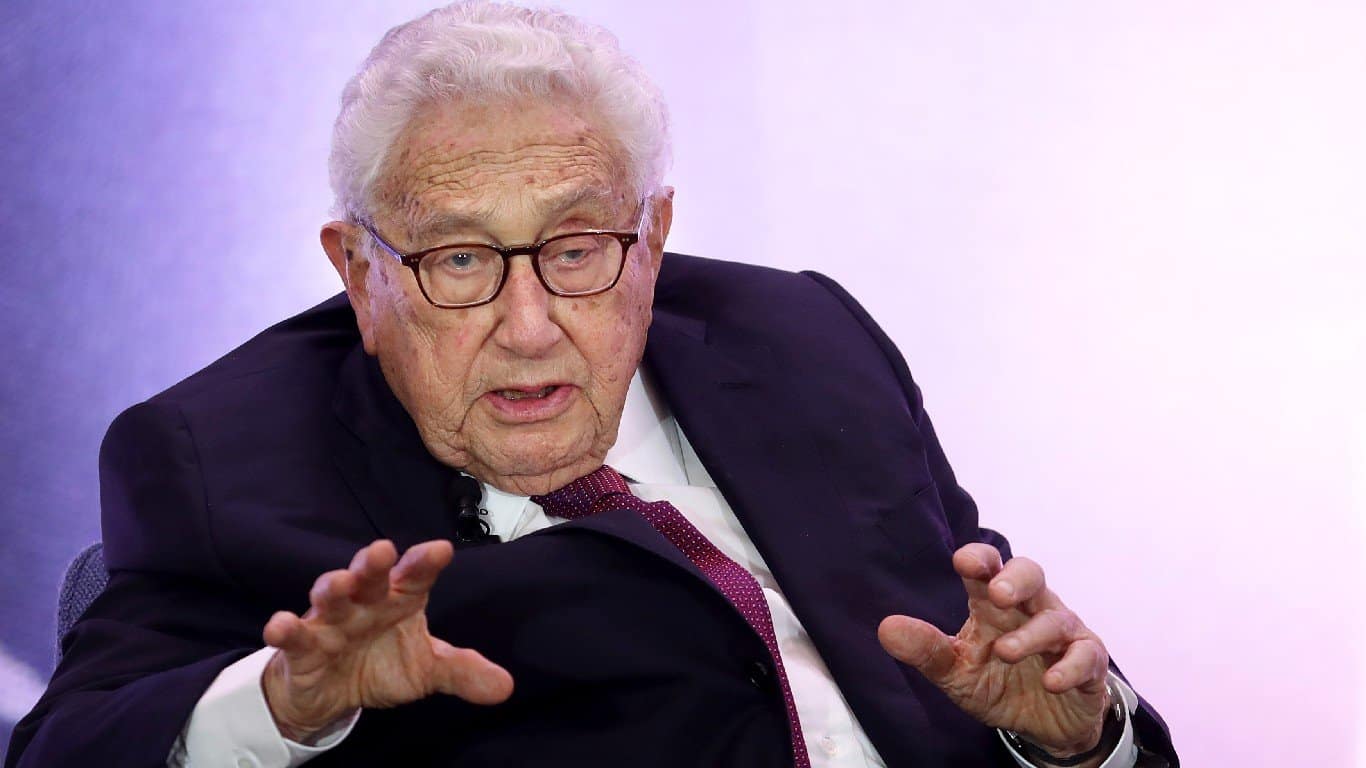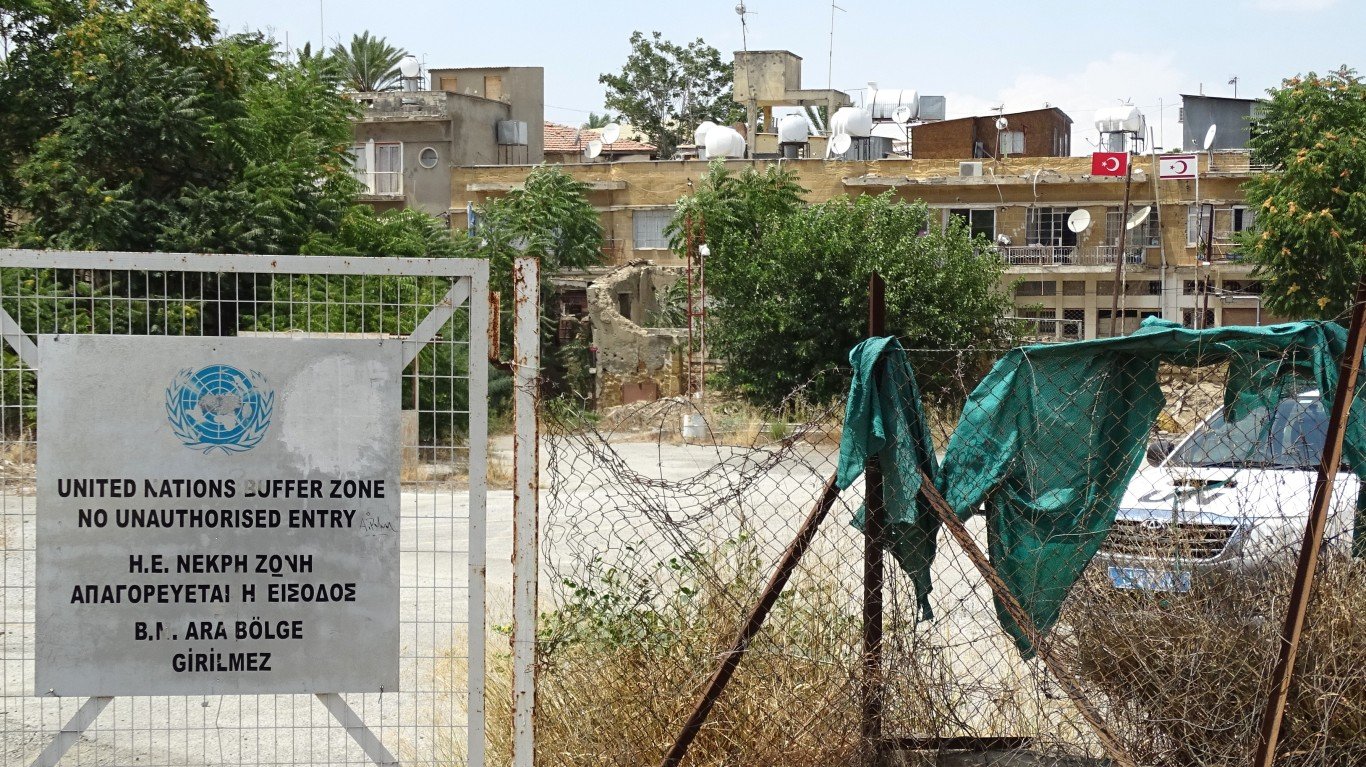Henry Kissinger, who shaped American diplomacy during the Cold War and served under two American presidents, died Wednesday at age 100.
As secretary of state, Kissinger was famous for his “shuttle diplomacy,” traveling between Israel and the Arab nations to mediate peace after the 1973 Yom Kippur War; helping to open up diplomatic relations between the United States and China in the early 1970s; and ushering in an era of détente and easing of tensions between America and the Soviet Union by negotiating the 1972 SALT I ballistic missile limitation treaty.
He shared the 1973 Nobel Peace Prize with North Vietnam’s Lê Đức Thọ for forging an agreement, known as the Paris Peace Accords, that ended American participation in the Vietnam War. (The war between North and South Vietnam continued, however, with the communist North prevailing in 1975.)
The German-born Kissinger became national security advisor in 1969, holding that office under presidents Nixon and Ford, and was the first naturalized citizen to become U.S. secretary of state, holding the office from 1973 through 1977, again under Nixon and Ford. He was a practitioner of Realpolitik, a pragmatic approach to diplomacy that placed results over ideology or moral values.
Many of his actions drew the ire from members of Congress who objected to his use of secret back channel negotiations with countries. Human-rights activists excoriated him for his neglect of human rights, in particular his support of Pakistan in its repression of Bengali rebels in East Pakistan (now Bangladesh) in 1971; his support of the coup against the democratically elected socialist president of Chile, Salvador Allende, in 1963; and, long after he had left office, his public expression of approval of the deadly Chinese crackdown on protestors in Tiananmen Square in 1989.
Kissinger’s actions in the conflict in Southeast Asia were a particular source of controversy. He gave the go-ahead to clandestine bombing missions in Cambodia and Laos and backed the U.S. invasion of Cambodia to combat communist incursions into South Vietnam, sparking outrage in the United States over widening the conflict in Southeast Asia. Expanding the war in Cambodia led to the rise of the Khmer Rouge regime that later came to power and committed some of the worst genocide of the 20th century. (Click here for a list of the Cold War’s most pivotal moments.)
Here are some of the controversial polices and positions – and accomplishments – of Henry Kissinger
Advocating for nuclear weapons
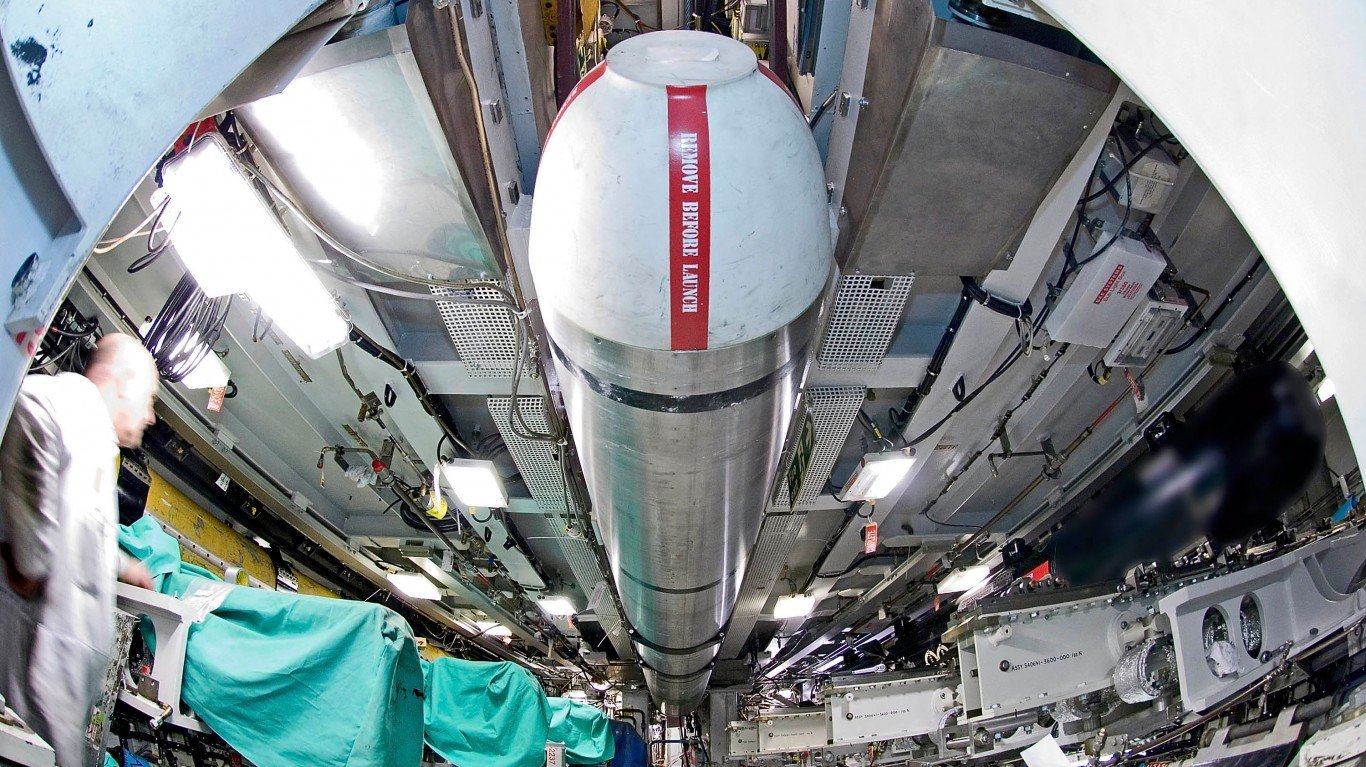
- What was it: In his book “Nuclear Weapons and Foreign Policy,” Kissinger argued for a greater adoption of nuclear weapons as a means of conducting warfare.
- When: 1957
Negotiating Vietnam peace talks
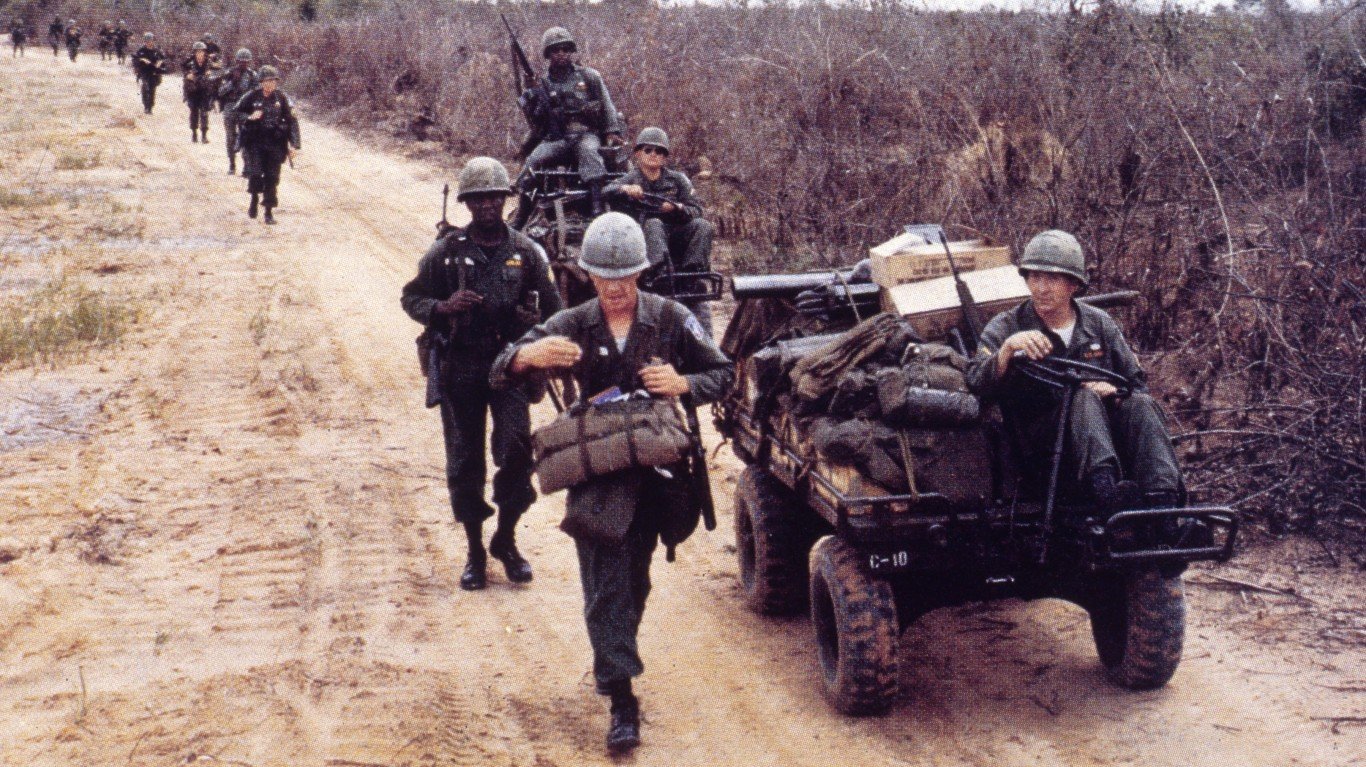
- What was it: He negotiated a cease-fire agreement and permanent peace settlement, for which he shared the Nobel Peace Prize with Lê Đức Thọ of North Vietnam that same year.
- When: 1973
Détente with the Soviet Union
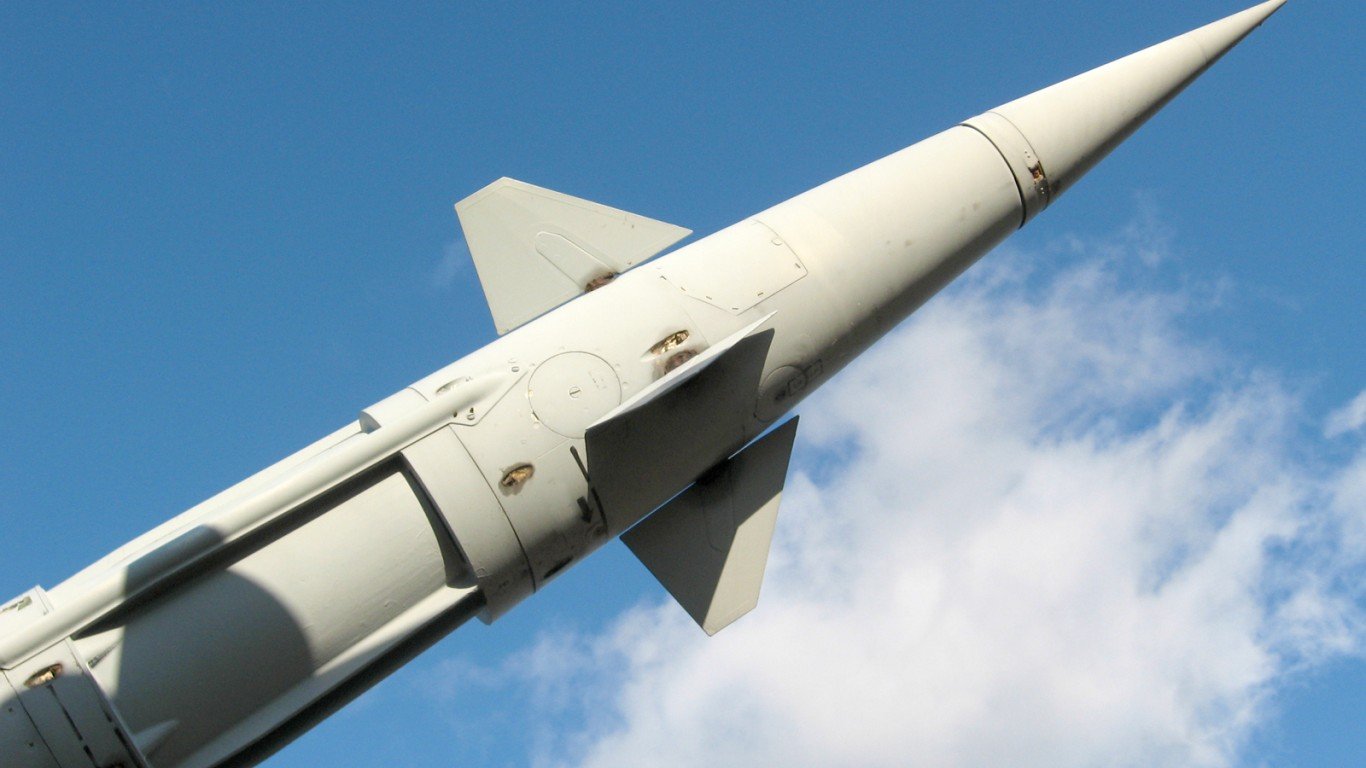
- What was it: He negotiated the Strategic Arms Limitation Talks (SALT I) and the Anti-Ballistic Missile Treaty with the Soviet Union, lessening tensions between the two nuclear superpowers.
- When: 1970s
“Shuttle diplomacy”
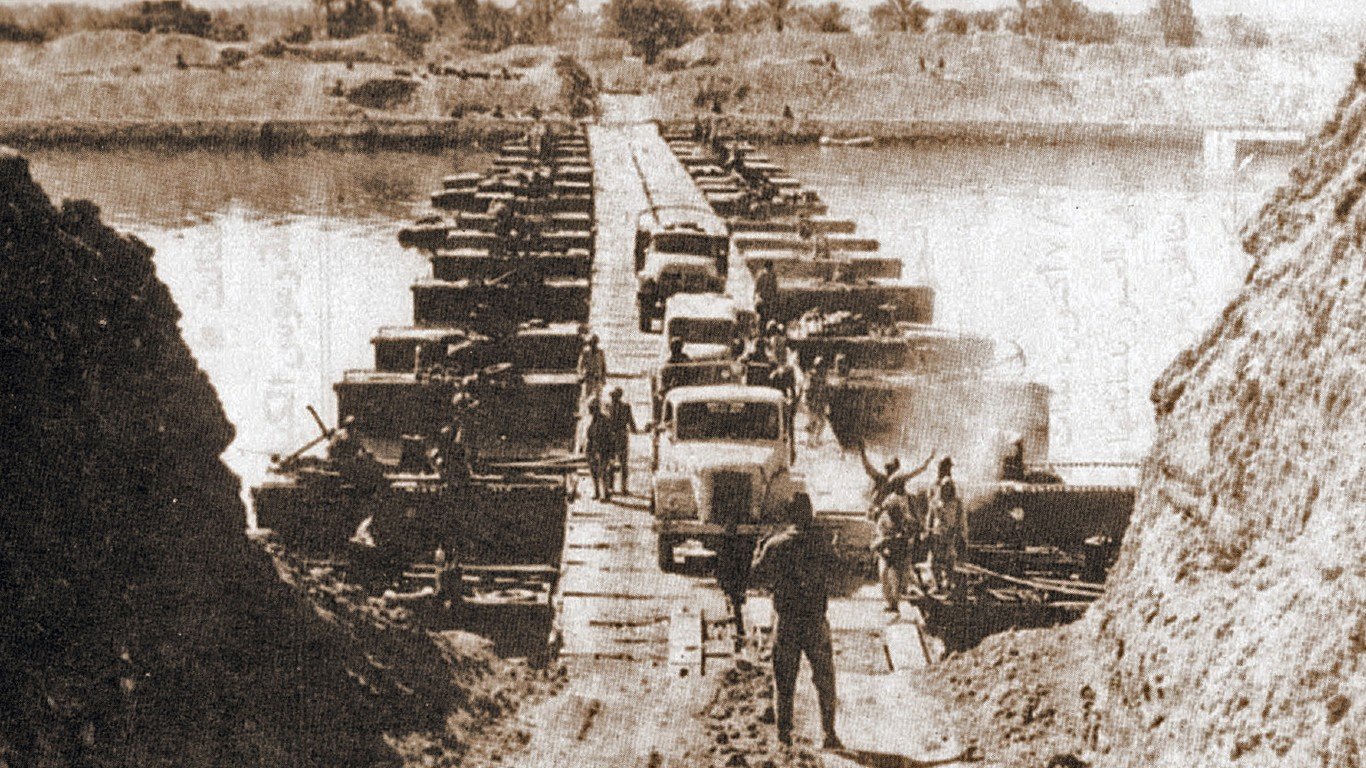
- What was it: He traveled to the Middle East repeatedly during both the Nixon and Ford administrations in an attempt to defuse tensions after the Yom Kippur War, and established the U.S. as power broker in the region.
- When: 1973-1975
Secret diplomacy with China

- What was it: Opened back-channel negotiations between the U.S. and China in the early 1970s. This led to the establishment of formal diplomatic relations and President Nixon’s historic visit to China in 1972.
- When: Early 1970s
Supporting Chinese student crackdown

- What was it: He expressed support for the violent Chinese crackdown on student demonstrators in Beijing’s Tiananmen Square, declaring that “No government in the world would have tolerated having the main square of its capital occupied for eight weeks by tens of thousands of demonstrators.”
- When: 1989
Bombing Cambodia
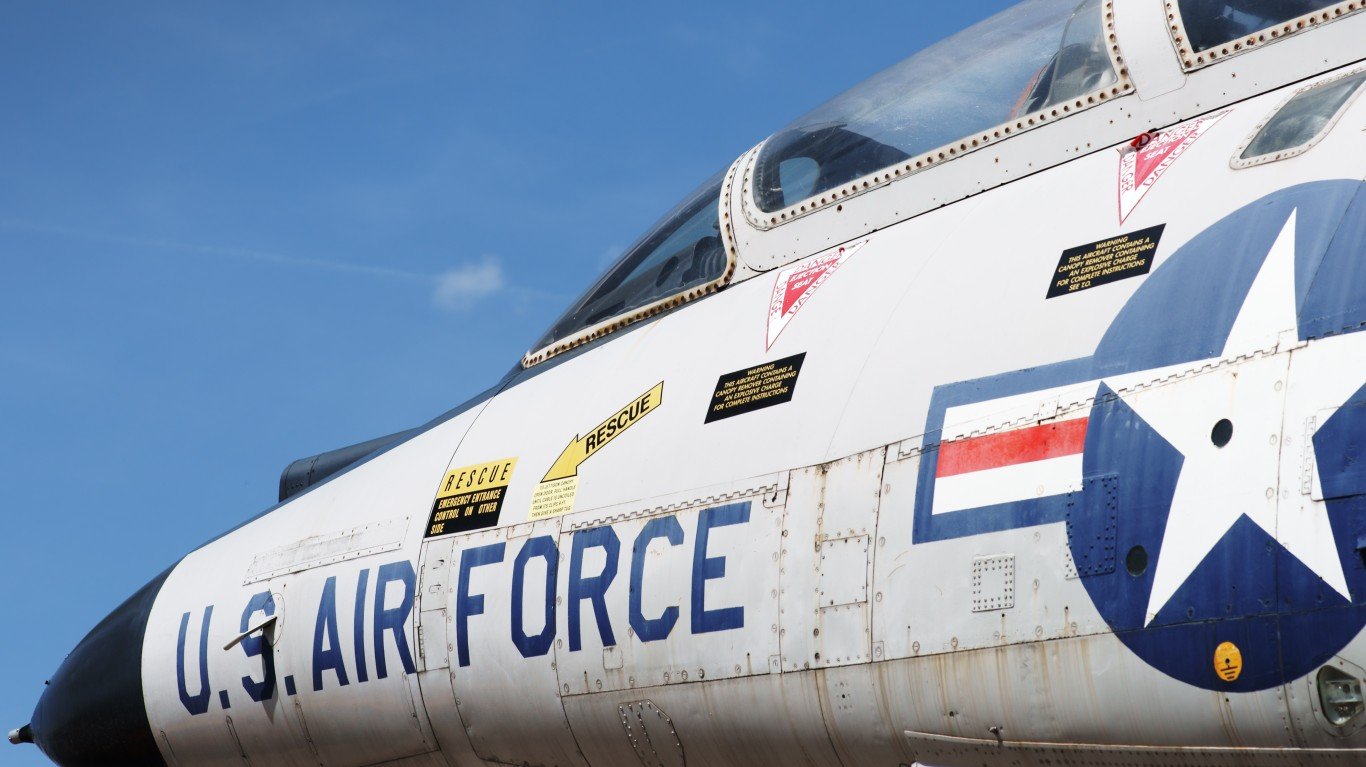
- What was it: He personally approved the U.S. carpet-bombing of Cambodia during the Vietnam War, killing probably hundreds of thousands of civilians, and leading to the rise of the genocidal Khmer Rouge regime.
- When: 1969-1973
Encouraging the US invasion of Cambodia
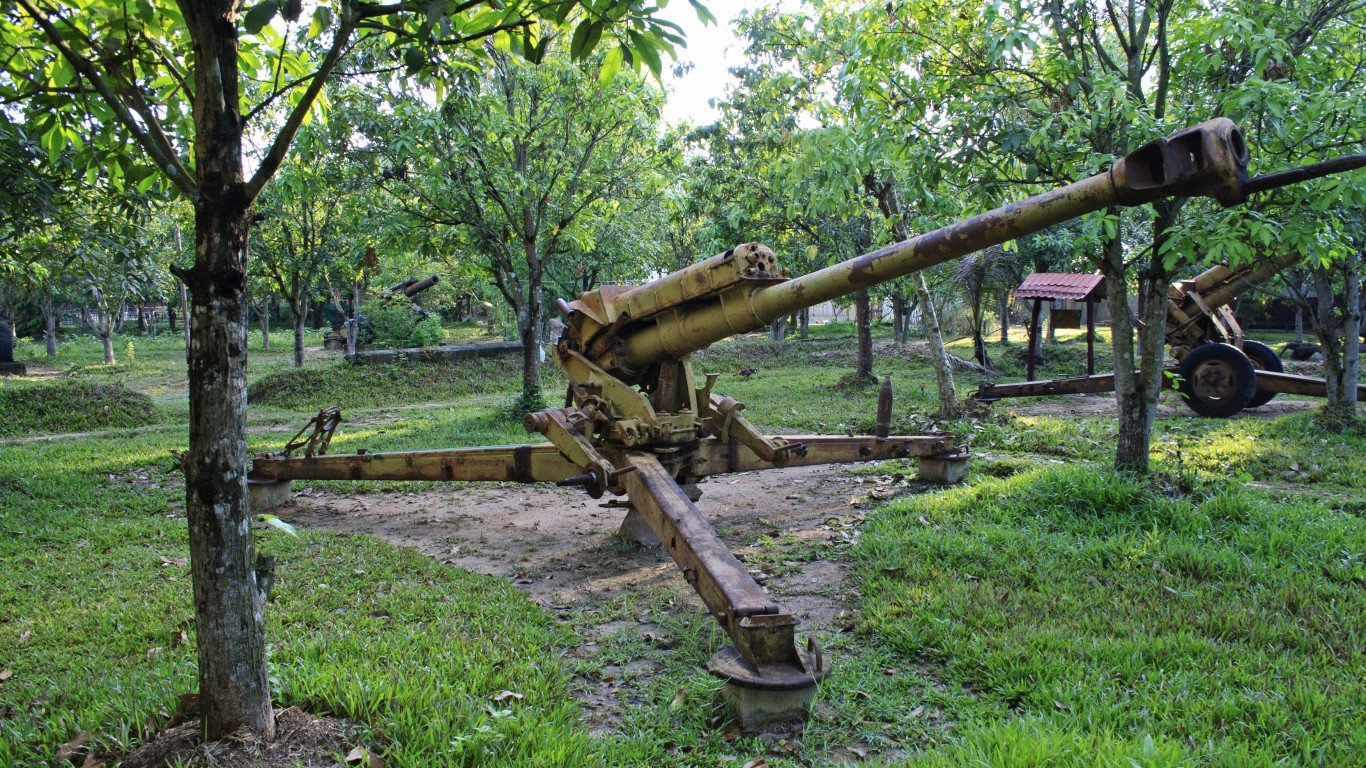
- What was it: He encouraged President Nixon to okay the invasion of Cambodia by U.S. and South Vietnamese forces, expanding the war in Southeast Asia.
- When: 1970
Lying about the secret bombing of Laos

- What was it: The U.S. had been secretly bombing Laos since 1964, and when President Nixon was forced to admit it, Kissinger issued a statement claiming that no Americans had been killed in the campaign. The Pentagon later admitted that some 27 had in fact lost their lives in Laos.
- When: 1970
Supporting genocide in Bangladesh
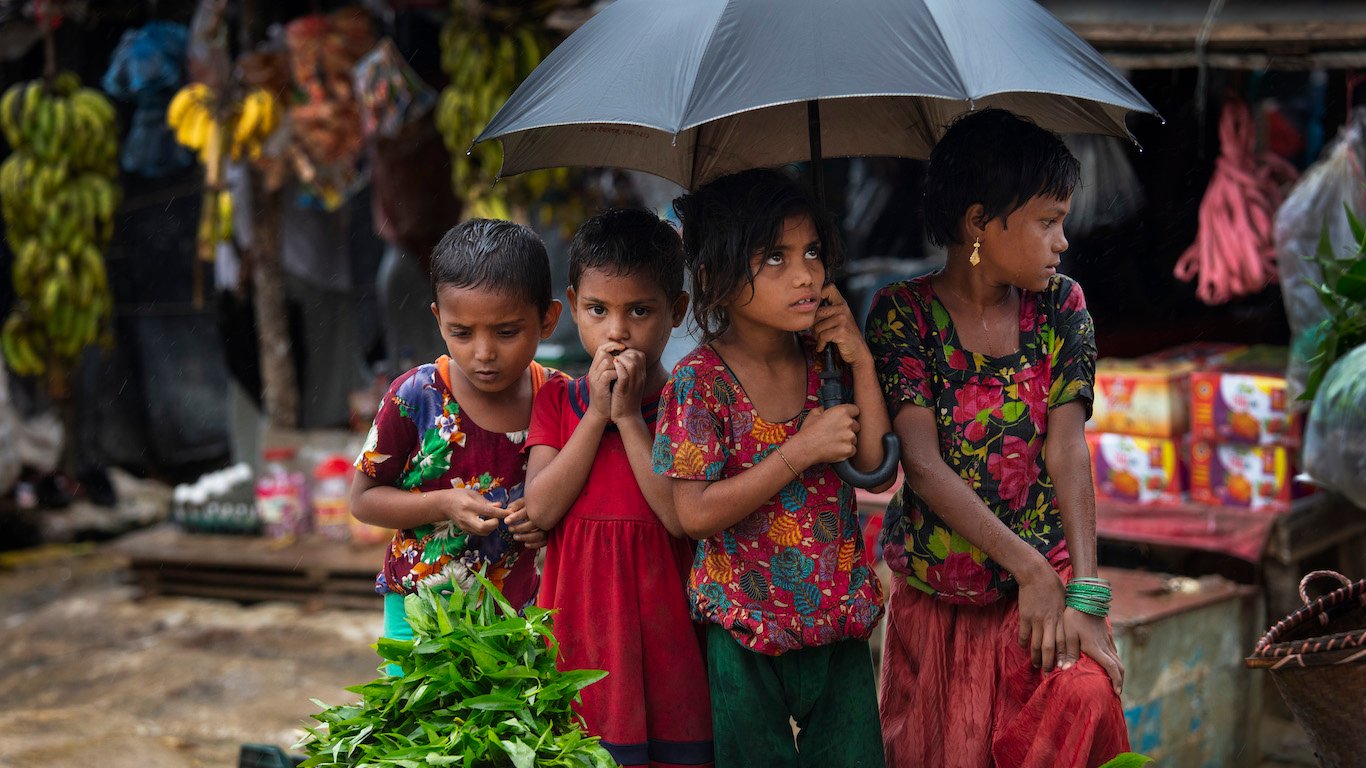
- What was it: West Pakistan launched an attack on the Bengali population of East Pakistan (modern-day Bangladesh) to suppress their desire for independence. Kissinger supported the Pakistani leadership because that was his channel to negotiate with China.
- When: 1971
Backing Argentina’s crackdown on dissidents
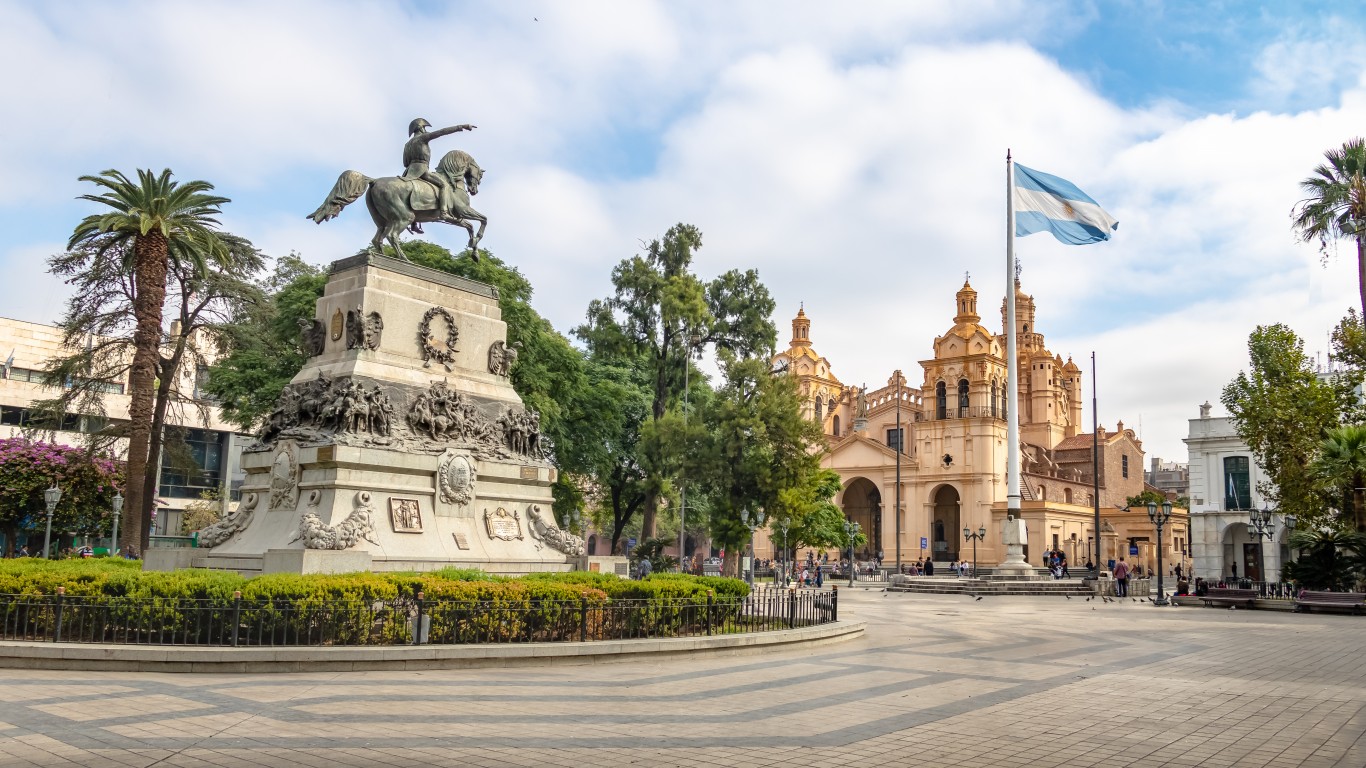
- What was it: Argentina’s military dictatorship conducted a “dirty war,” killing or “disappearing” political dissidents, socialists, and other opponents. As many as 30,000 citizens were slain and many more were never seen again. Kissinger; gave the military junta a “green light” to continue their activities.
- When: 1976
Helping undermine the Chilean government

- What was it: CIA-led coup unseated democratically elected government of socialist leader Salvador Allende.
- When: Early 1970s
Backing the partition of Cyprus
- What was it: Cyprus was divided after a coup by Greece’s military government and a subsequent Turkish invasion. Kissinger refused to let the U.S. intervene, supporting both sides equally, leading to a division of the island between Greece and Turkey that persists to this day.
- When: 1974
Supporting Indonesia invasion of East Timor
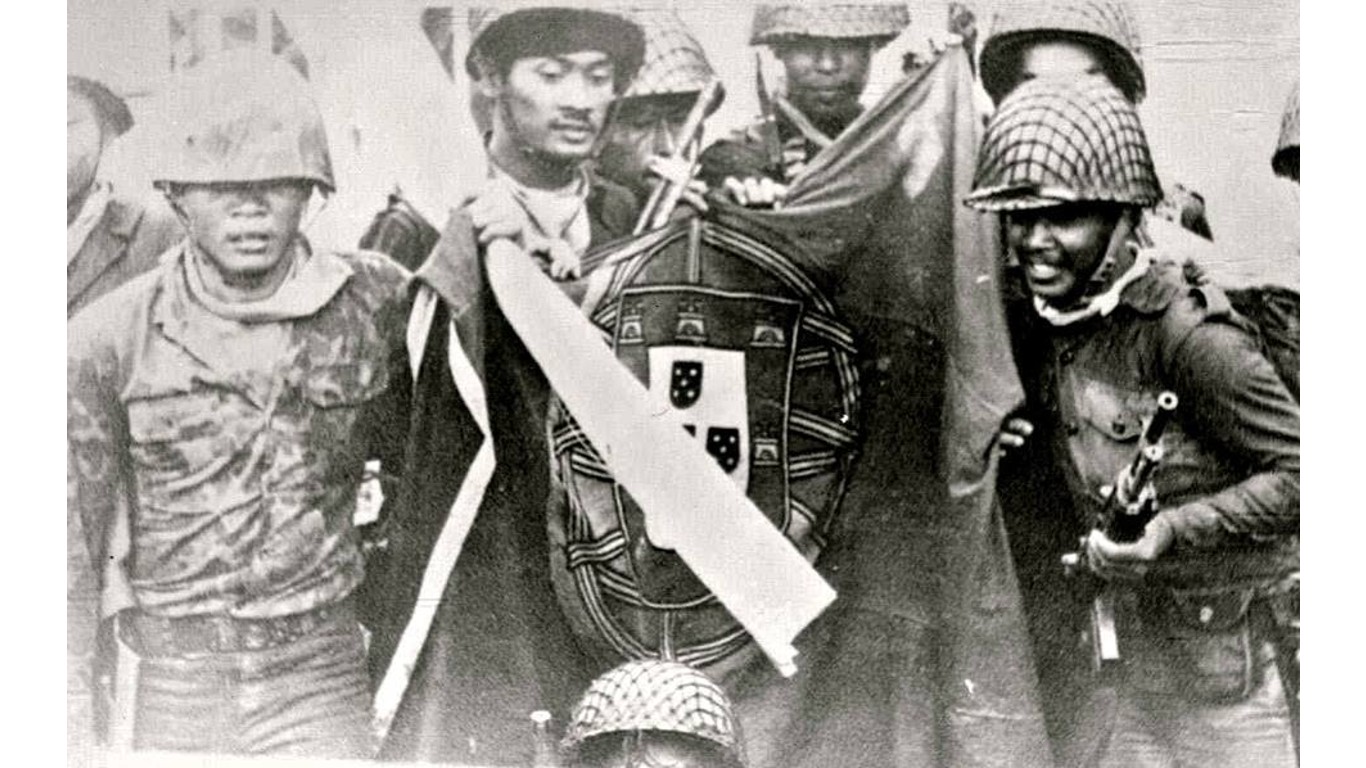
- What was it: When the Indonesian dictator Suharto declared the former Portuguese colony of East Timor to be his nation’s property, Kissinger gave him the go-ahead to invade. This led to a civil war and famine that left as many as 200,000 people dead.
- When: 1975
Allowing secret arms transfers
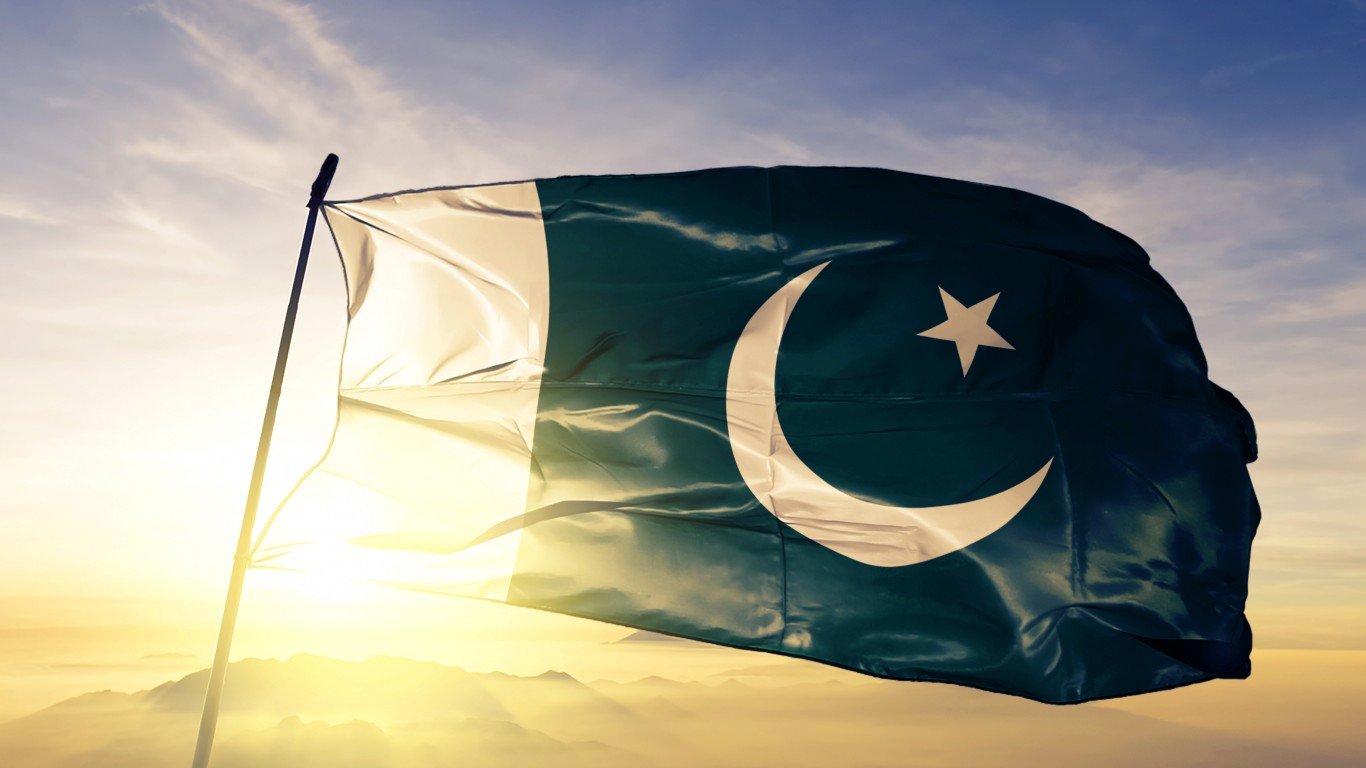
- What was it: Kissinger pushed through arms transfers to Pakistan, by way of Jordan and Iran, in its war with India, even the actions violated an embargo voted on by Congress.
- When: 1971
